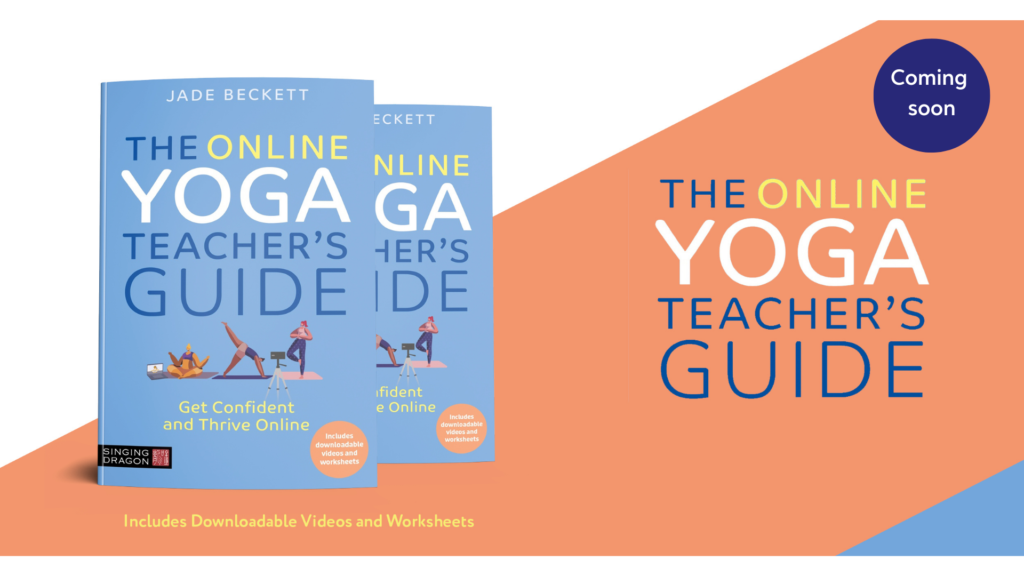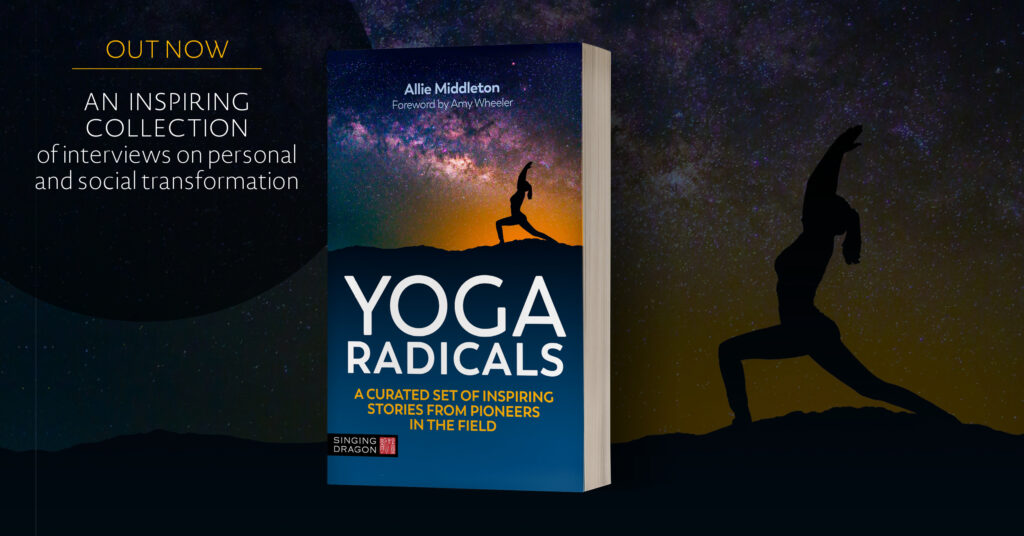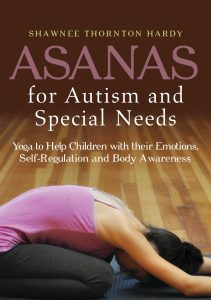Written by Jade Beckett
Rewind to March 2020 and it’s fair to say we all thought teaching yoga online was a temporary thing. It was passable to have a thrown together space with the sofa as the backdrop, sit your laptop on a pile of blocks on a chair, not have a microphone, get interrupted by your cat during class… here in Summer 2022 that really isn’t the case anymore.
Online yoga has had a heck of a glow up over the past two years and is constantly evolving. The landscape for yoga teachers has changed forever, with this sector of the industry predicted to boom even further by 2027. Yet again, it is time for us to step up our game so we can keep developing top-tier online offerings that are slick, student-friendly and deliver expert transformation to our students and we’re ready to capitalise on that growth.






 These remarks are based on my 17 years as an expert witness in yoga injury cases and yoga safety advocate. This is not legal advice nor counsel because I’m not an attorney, but reflects my understanding from working with attorneys as to what they look for and utilize in either defending or prosecuting a matter. These remarks also reveal my deep biases as a “recovering manual physio” and how yoga differs, at least philosophically, from other practices.
These remarks are based on my 17 years as an expert witness in yoga injury cases and yoga safety advocate. This is not legal advice nor counsel because I’m not an attorney, but reflects my understanding from working with attorneys as to what they look for and utilize in either defending or prosecuting a matter. These remarks also reveal my deep biases as a “recovering manual physio” and how yoga differs, at least philosophically, from other practices. 
 We’re lucky to have had the chance to talk with Lizzie Lasater, yoga teacher trainer in both the digital and physical sense. Lizzie studied art history and architecture at Columbia University and now translates her training into digital courses, global Restorative yoga teacher training workshops, and her awesomely creative jewelry collection.
We’re lucky to have had the chance to talk with Lizzie Lasater, yoga teacher trainer in both the digital and physical sense. Lizzie studied art history and architecture at Columbia University and now translates her training into digital courses, global Restorative yoga teacher training workshops, and her awesomely creative jewelry collection.